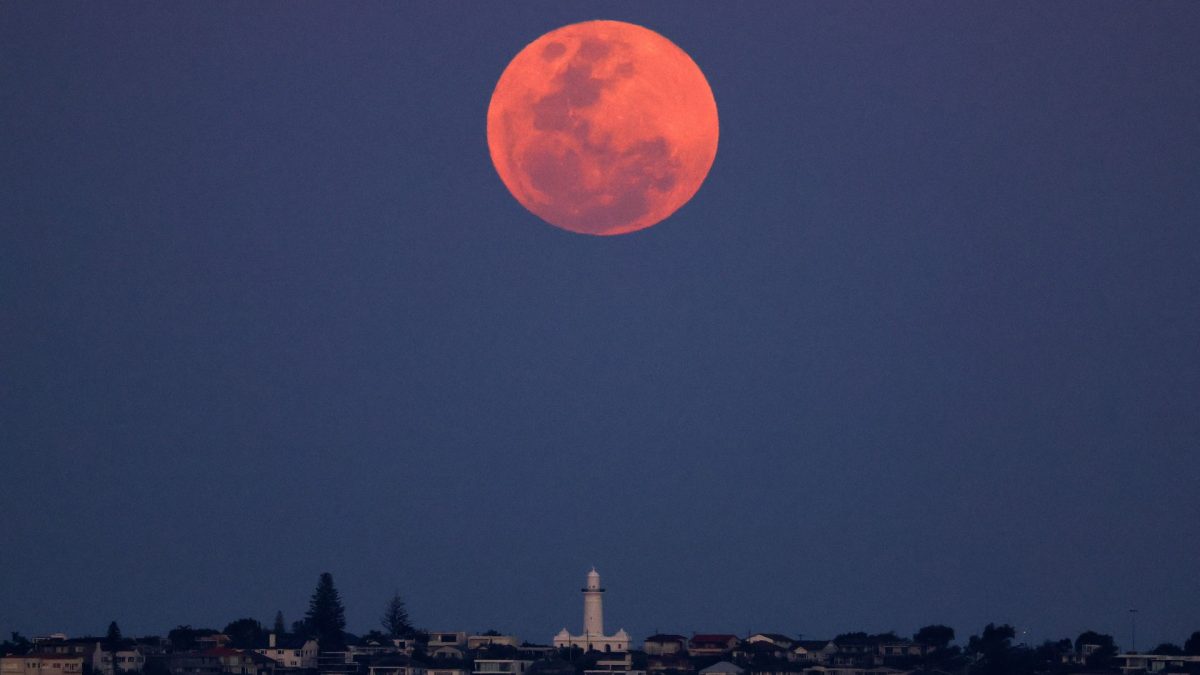After the first two double supermoons within three months, people are shocked to find that a third supermoon- the harvest moon- will be making its appearance on September 23, 2023.
The Harvest Supermoon also happened to be the last supermoon of the year. With its appearance, it will mark the end of summer and the beginning of fall. The Harvest Moon is named in honor of reaping the harvest and crops. Each month, the full moon has a different name. The Harvest Moon’s name dates back to before electricity when farmers depended on the moon’s natural light to harvest their crops. The full moon in September was particularly valuable at the start of fall when crops and harvests are most plentiful. The event lasts for three nights and is the full moon that occurs closest to September 22. Autumnal equinox in the Northern Hemisphere.
The moon is only classified as a supermoon when the moon comes within 90% of perigee, otherwise known as the closest point to Earth. When the moon is at its peak, the moon will appear 17% bigger and 30% brighter than the darkest moon of the year. Since the moon is at its closest, it will tend to pull larger tides because the closer it is, the stronger the gravitational pull of the moon; however, this isn’t enough to cause major damage. There is no downside to looking at the moon because, unlike a solar eclipse, there is no sun or astrological object behind it. Studies show that the supermoon can worsen sleep due to its increased brightness.
Beginning on September 21, the moon will last until the morning of September 23. However, NASA states that the moon will actually begin on September 29. It’s the equinox that comes before the Harvest Supermoon. The moon’s extended brightness lasts three days because of its elliptical pattern around the Earth. Instead of being a full circle, the moon’s orbit is shaped like an oval and will last longer in certain areas than in other areas.








